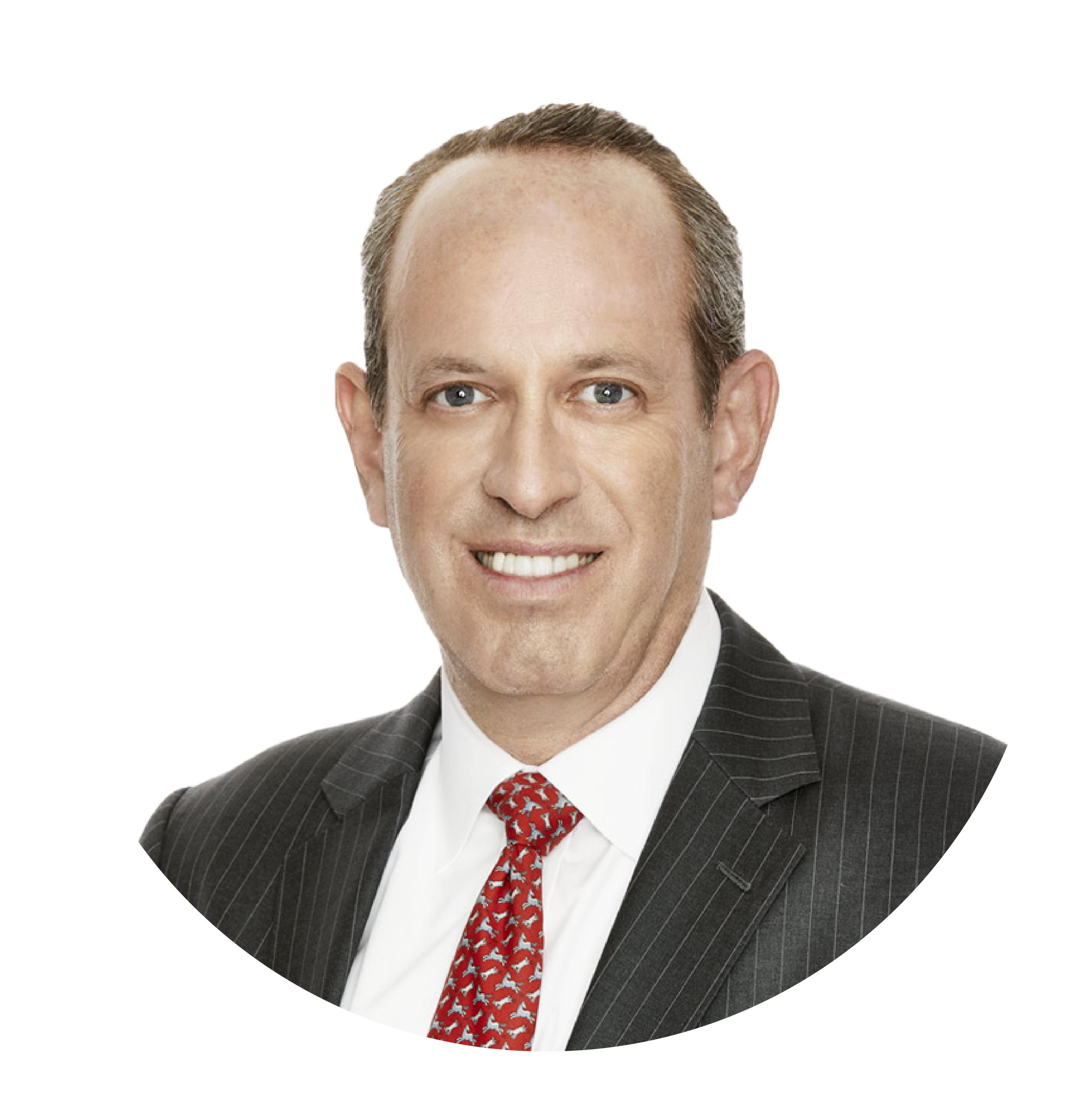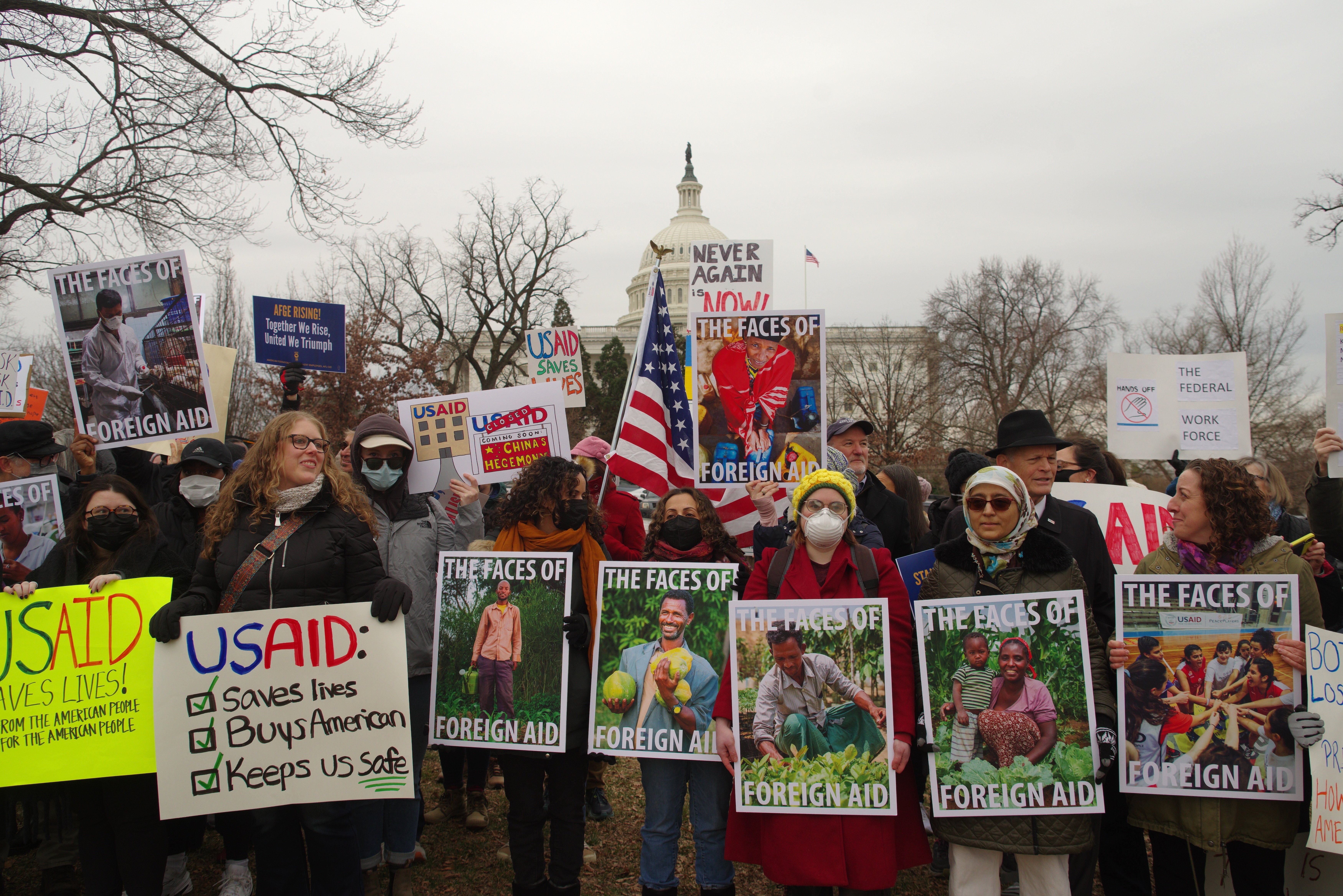2 min read
THE ILLUSION OF CERTAINTY
Certainty has a way of seducing investors, particularly when the market narrative appears to align so neatly with past successes. Today, the US...
2 min read
 Michael Miller
:
Mar 6, 2025 12:30:00 AM
Michael Miller
:
Mar 6, 2025 12:30:00 AM

I've spent a fair share of my entire career guiding mission-driven non-profits on aligning their investments with their core values, ensuring that financial strategies reflect their principles to drive meaningful change. But as global challenges intensify and the consequences of financial decisions become more visible, I find myself confronting a deeper, more urgent question: What occurs when portfolio metrics signify not just missed opportunities but direct, life-altering consequences?
Investors, particularly fiduciaries, sometimes tend to concentrate on short-term indicators—quarterly performance, benchmark comparisons, or asset allocation relative to market preferences. While these metrics may be important, they are incomplete, omitting a crucial element: the human cost. Capital doesn't operate in isolation. Every decision to allocate or divest funds extends outward, affecting lives, communities, and systems beyond what quarterly reports capture.
Recent analyses have highlighted the severe impact of US foreign aid cuts on global health outcomes. Projections indicate that these reductions could result in an additional 2 to 3 million deaths annually due to lack of vaccinations, 166,000 more deaths from malaria each year, and 28,000 new cases of highly infectious diseases, including Ebola and Marburg virus.These figures underscore just one aspect of the profound human cost associated with diminished support for critical health programs.
Just as critically, short-term thinking often limits long-term impact—not only through what’s lost today, but through the compounding opportunity cost of what never gets built. For mission-driven organizations, that means fewer systems transformed, fewer outcomes achieved, and fewer lives improved. These institutions sit at the intersection of finance and impact, where capital is not just a tool for growth but a vehicle for change—powering health programs, educational access, and vital social services. Unlike traditional investors focused solely on returns, foundations must navigate a more complex equation in which financial stewardship and social responsibility are inseparable, and the cost of inaction is measured not just in dollars, but in human lives. The consequences are real and immediate: the loss of funding for critical programs can mean entire communities losing access to life-saving medical care, children missing out on education, and families falling deeper into poverty. When capital flows shift, they don’t just affect markets—they alter the trajectory of human lives. The current cuts to US foreign aid are a sobering reminder of what’s at stake.
This is why community foundations must take a proactive role in shaping investment strategies that align with their missions beyond divestment or exclusionary impact screens; it’s about leveraging financial assets to drive systemic change. That means asking deeper questions: How does this portfolio align with our long-term vision for the communities we serve? What unintended consequences might our investment choices create? Are we reinforcing the very inequities we aim to dismantle? And perhaps most importantly: what future impact are we forfeiting by focusing only on what’s immediately visible, measurable, or comfortable?
Foundations have the ability to ensure their investments work in service of the public good. At a time when the social safety net is fraying, their role as both funders and investors has never been more critical. The ultimate question isn’t just whether their portfolios are performing, it’s whether they are making a difference in the lives of those who need it most. To the foundations that refuse to see capital as neutral, you are the backbone of a more just and compassionate world. Long-term thinking, paired with a willingness to challenge convention, is what converts capital into lasting impact. Your commitment to balancing returns with integrity is what ensures that philanthropy remains not just a future promise, but a force for real and profound change in the lives it touches.

2 min read
Certainty has a way of seducing investors, particularly when the market narrative appears to align so neatly with past successes. Today, the US...

3 min read
With markets in flux and large price movements making headlines, it’s natural to feel some trepidation about what lies ahead. Yet, as we often remind...

4 min read
Generally speaking, only time and the relative calm between major crises allow us to gain a reasonable sense of the truth. Currently, in assessing...